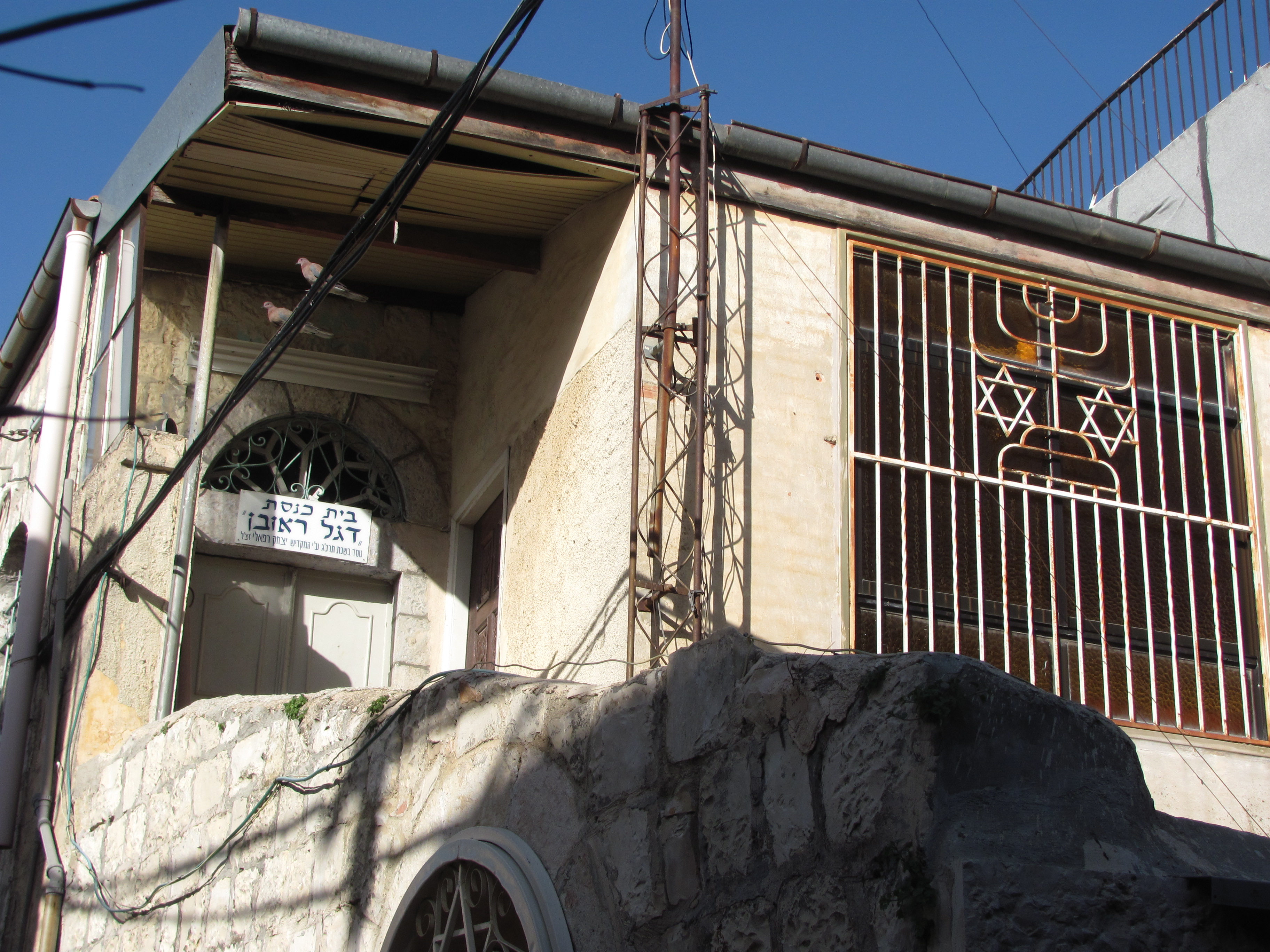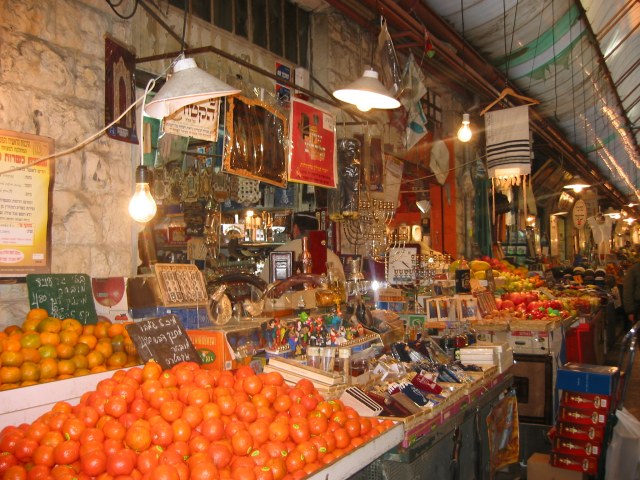|
„Ю„Ч„†„Ф „Щ„Ф„Х„У„Ф )
{{disamb ...
Mahane Yehuda may refer to: *Mahane Yehuda (neighborhood), a historic neighborhood in Jerusalem *Mahane Yehuda Market, an open-air marketplace in Jerusalem * Mahane Yehuda, a part of south Petah Tikva * "Mahane Yehuda", mounted guards company founded by Michael Halperin in 1891 (see Ness Ziona Ness Ziona (, ''Nes Tziyona'') is a city in Central District (Israel), Central District, Israel. In it had a population of , and its jurisdiction was 15,579 dunams (). Identification Lying within Ness Ziona's city bounds is the ruin of the Arab ... [...More Info...] [...Related Items...] OR: [Wikipedia] [Google] [Baidu] |
Mahane Yehuda (neighborhood)
Mahane Yehuda (, "Camp of Judah") is an historic neighborhood in Jerusalem. Established on the north side of Jaffa Road in 1887, it was planned and managed by the consortium of Swiss-Christian banker Johannes Frutiger and his Jewish partners, Joseph Navon and Shalom Konstrum. By the end of the 19th century, it encompassed 162 homes. Originally occupied by upper middle-class residents, it became a working-class neighborhood beginning in the late 1920s. Today the neighborhood is part of Nachlaot. The Mahane Yehuda Market ("the shuk") located across the street was named after the neighborhood. Name Mahane Yehuda was named after Joseph Navon's brother, Yehuda, who died at a young age. Location The Mahane Yehuda neighborhood is bordered by David Yellin Street to the north, Yosef ben Matityahu Street to the east, Jaffa Road to the south, and Navon Street to the west. History Mahane Yehuda lay on land owned by Bank Frutiger, which owned other tracts around the city. The housing pr ... [...More Info...] [...Related Items...] OR: [Wikipedia] [Google] [Baidu] |
Mahane Yehuda Market
Mahane Yehuda Market (), often referred to as "The Shuk" (), is a marketplace (originally open-air, but now partially covered) in Jerusalem. Popular with locals and tourists alike, the market's more than 250 vendors sell fresh fruits and vegetables; baked goods; fish, meat and cheeses; nuts, seeds, and spices; wines and liquors; clothing and shoes; and housewares, textiles, and Judaica. In and around the market are falafel, shawarma, kibbeh, kebab, shashlik, kanafeh, baklava, halva, Zalabiyeh, zalabiya and Jerusalem mixed grill stands, juice bars, cafes, and restaurants. The color and bustle of the marketplace is accentuated by vendors who call out their prices to passersby. On Thursdays and Fridays, the marketplace is filled with shoppers stocking up for Shabbat, until the Friday afternoon sounding of the bugle that signifies the market will close for the Sabbath. In recent years, "the shuk" has emerged as another Jerusalemic nightlife center, with restaurants, bars and live musi ... [...More Info...] [...Related Items...] OR: [Wikipedia] [Google] [Baidu] |
Petah Tikva
Petah Tikva (, ), also spelt Petah Tiqwa and known informally as Em HaMoshavot (), is a city in the Central District (Israel), Central District of Israel, east of Tel Aviv. It was founded in 1878, mainly by Haredi Judaism, Haredi Jews of the Old Yishuv, and became a permanent settlement in 1883 with the financial help of Edmond James de Rothschild, Edmond Rothschild. In , the city had a population of , thus being the List of cities in Israel, fifth-largest city in Israel. Its population density is approximately . Its jurisdiction covers 35,868 dunams (~35.9 km2 or 15 sq mi). Petah Tikva is part of the Gush Dan, Gush Dan metropolitan area. Etymology Petah Tikva takes its name (meaning "Door of Hope") from the biblical allusion in Hosea 2:15: "... and make the valley of Achor a door of hope." The Achor Valley, near Jericho, was the original proposed location for the town. History Tel Mulabbis, an tell (archaeology), archaeological mound in modern Petah Tikva, is an impor ... [...More Info...] [...Related Items...] OR: [Wikipedia] [Google] [Baidu] |


